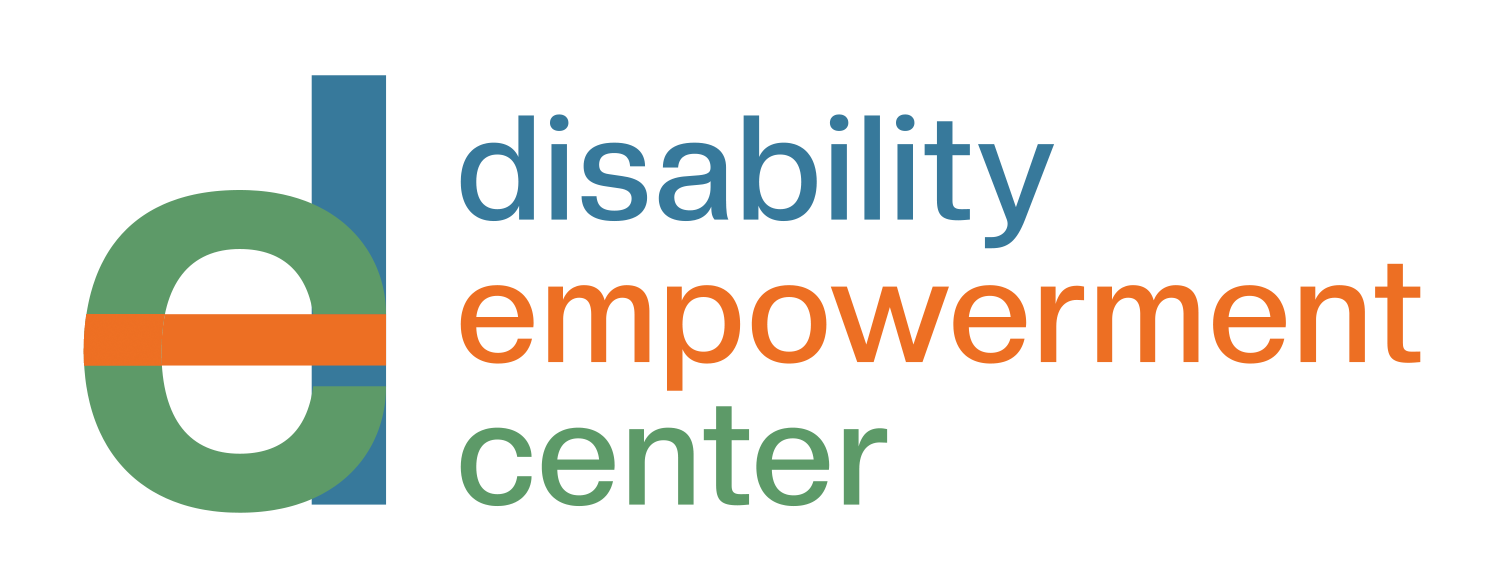Starting a business with a disability
A practical guide for new entrepreneurs
Guest blogger: Lillian Brooks
Starting a business isn’t some polished fairytale for most people, and if you’re an entrepreneur with a disability, the reality can feel even less storybook. But there’s power in creating something that works on your terms. There’s also no single right way to begin. You could be scribbling ideas between physical therapy appointments or building prototypes in your kitchen at 2 a.m. Either way, the goal isn’t to chase perfection, it’s to start. And once you do, you’ll see the runway doesn’t have to look like anyone else’s.
Find Your Market First, Not Last
Too many businesses skip this part or rush it, assuming the world will just get it. Don’t. Carve out real time to understand who you’re trying to serve and what they need that they’re not getting. If you’re building a product or offering a service that centers accessibility or inclusion, that’s even more reason to be precise. Dive into conducting market research early and often, not just as a one-time checkpoint. You’ll find insights you didn’t expect and probably pivot more than once, but that’s the point. The earlier you listen, the clearer the demand becomes.
Photo of a woman with short hair sitting in an office setting in a wheelchair working at her laptop among colleagues
Why an LLC Might Make Sense
Forming a limited liability company is one of those decisions that can protect you from a lot of headaches later on. It separates your personal assets from your business ones, which means if something goes sideways, your savings and home stay out of the blast radius. LLCs also allow for flexible management and fewer formalities than a corporation. Plus, tax-wise, you’ve got options. You can choose to classify your LLC as an S-corp, which still offers you asset protection, and in some cases you could cut down on self-employment taxes. This is where S Corp vs LLC becomes more than a legal label, it’s a question of how you want your structure to support you.
Build a Business Plan You Can Read
A business plan isn’t some formal thing you write once and forget. It’s a guide for you, not your investors or some bank manager. Yours might be half visual, scattered with sticky notes, or built off business plan templates that you reshuffle. Just make sure it helps you decide, day to day, where to put your energy. Focus on clarity—what you’re selling, who’s buying, how much it costs and what keeps it afloat. And if writing one sounds intimidating, simplify it until it stops being scary and starts being useful.
Funding Exists, But It Hides
Capital’s hard to find. That’s not a secret, and it doesn’t help that the people who need it most have to dig the deepest. The good news? There are grants for disabled entrepreneurs out there, even if they don’t always scream for your attention. Some are local, some national, some specific to certain industries. Track them in a spreadsheet, set alerts and don’t be shy about applying to all of them. Think of it like this—funding isn’t a favor, it’s fuel, and you’re not asking, you’re claiming what already exists for you.
Design Your Brand with Access in Mind
A brand is more than a logo or a color palette—it’s how people feel when they encounter you. And if you’re not thinking about access from the beginning, you’re already leaving people out. Accessibility isn't a trendy add-on, it’s a baseline. Think font readability, image descriptions, voice compatibility and tone. There’s a universe of accessible branding strategies that can help you reach wider without sacrificing identity. You don’t need to be an expert, you just need to start with the assumption that everyone should be able to find and understand you.
Tech That Makes You Faster, Not Smaller
Assistive technology is more than convenience, it’s capability. Whether it’s screen readers, voice-to-text apps, ergonomic equipment or tools that convert speech into commands, these aren’t extras, they’re essentials. Find the right assistive technology tools that level the playing field and let you move at your own pace. There’s no shame in using every tool available—that’s what tech is for. In fact, leaning into it can open new markets and workflows you hadn’t imagined. Think of it less as a crutch and more as a jetpack.
Find Your People, and Keep Them Close
No one builds alone, not really. Even if you’re working solo, you need a circle—mentors, peer founders, maybe just a Slack group that doesn’t talk down to you. There are entrepreneur support networks specifically geared toward solo operators and disabled founders. Find them, join them, lean on them when things get wobbly. The right group will answer your weird questions and show up when your Wi-Fi crashes right before a pitch. Sometimes just knowing someone else gets it is enough to keep you moving.
Starting your own business can feel like a mountain with no trail markers. But if you're waiting for some green light from the world, you might be waiting forever. The truth is, no one has the perfect plan. You’ll wing it, you’ll adjust, and that’s fine. The important part is that you begin. And if that beginning is small, quiet, scrappy, then good—it means it’s real.
.
For years, Lillian Brooks worked as a special education teacher with a focus on teaching children with learning disabilities. She created the website, Learning Disabilities, to offer information and understanding to parents of children with learning disabilities, as well as adults who are in need of continued support in order to succeed.


